Pepper Spacing
How many can I fit in my garden?
Dozens of pepper varieties are found in nurseries – and hundreds of choices are found online at at specialty pepper seed stores like OhioPeppers. The choice are seemingly unlimited. Unfortunately garden space is limited. I have made attempts to create unlimited space to grow but apparently it is not “financially astute” to purchase neighboring properties, raze the improvements, and expand operations. That leaves the question: What should I grow in my available space?
First, calculate how many peppers you can fit with the intended growing model. Are you wanting to grow rows, mass cluster similar to square foot gardening, or go the container route? Spacing comes off as an overly complicated process – I have simplified the process: Provide plants 16″ distance from one another. To dig deeper into the weeds, best practice for calculation is to afford between 12″ to 18″+ for annuum, 18″ to 24″ inches between chinense, with baccatum species falling between the two at the 16″ to 20″ range. See, overly complicated. Stick to 16″ as a rule and understand the consequences.
12″ Super Compact Pepper Plant Spacing
12″ spacing is great for compact varieties and tolerable for annuums. In theory you could plant all peppers with this close of spacing. It is not ideal but possible. Tall lanky plants can benefit from close spacing in lieu of staking/supporting. If planning to save seeds, this degree of intimacy will increase odds of cross pollination. Nutrient rich amended soil, enough water to prevent too much resource competition, and arrangement to ensuring proper light access can negate many of the concerns. The fungal and disease threat remains. Peppers are much more resistant to those threats than other garden friends like tomatoes and cucurbits. Typically these limited risks are mitigated with good garden hygiene and a watchful eye as peppers are resilient. A 12″ double row is an idea set up for a gardener that cherishes ease of picking, mobility, and still wants to pack in as many peppers as possible. This only works if the the double row has clear spacing running parallel to both the front back back of the row.
- Less fruit production
- Plants will grow into a single giant indistinguishable foliage mass
- At full size, you will not be able to walk into the grow area
- Smaller plants may be choked out and not receive proper light
- Fungal disease spread more likely with close contact/heavy canopy
Visual of pepper spacing models. More is typically better but limitations can be worked with.
16″ Spacing for Peppers
Arguments are abound that an overcrowded pepper patch will result in taller peppers that are still productive.
16″ Spacing: A tolerable spacing for most peppers. Annuums do well with this amount of space and Chinense can tolerate this spacing without much stunted production. Many of the other issues with tighter spacing remain: The plants will eventually grow into a large mass that is challenging to navigate through.
Factor in access to the plants as they grow. Small seedlings do not take up much space and 16″ looks like a sizable gap when first planted. Enjoy seeing the soil now as it will not be visible and accessible to use as a walking path for long as the plants grow. Pepper plants typically grow at least 3′ tall but some cultivars reach over 5′. Much like the 12″ double row approach, planting plants in a double row with 16″ spacing is the best way to maximize both space and provide peppers space needed to achieve their near maximum potential. The added space will make the picking process slightly easier.
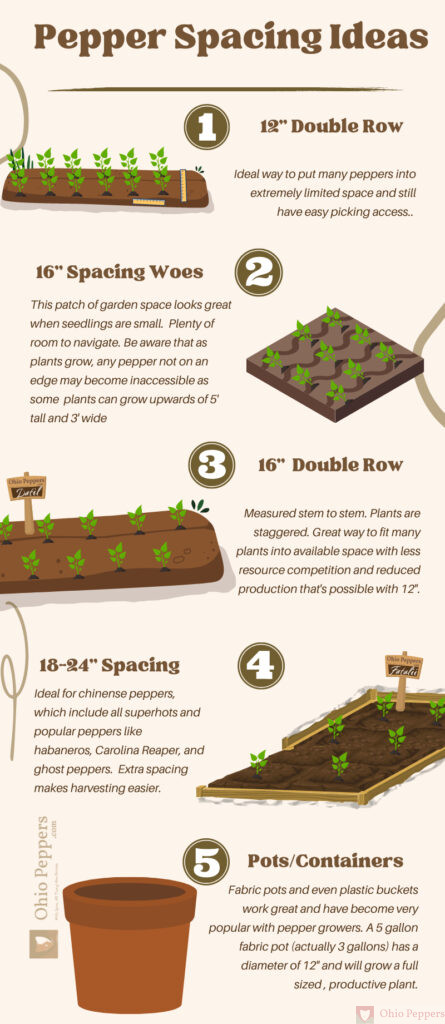
18″-24″ Pepper Plant Spacing
18″-24″ Spacing: The happy spacing distance for chinense type peppers. That species includes the likes of the popular habanero, Carolina Reaper, and ghost pepper. Superhot lovers may want to pamper their plants by giving them a palatial garden home. These peppers can grow fine with 16″ spacing – and will even tolerate 12″ if they had to. Giving 18 or more inches allows easier access to pick fruit. Too dense of foliage turns pepper picking into a perpetual period of your peepers passing by proper produce, prime for processing. Note: Chinense and some bacctums can have grow out 3 feet or more in width. Even super generous spacing allowance will still not prevent overlapping.
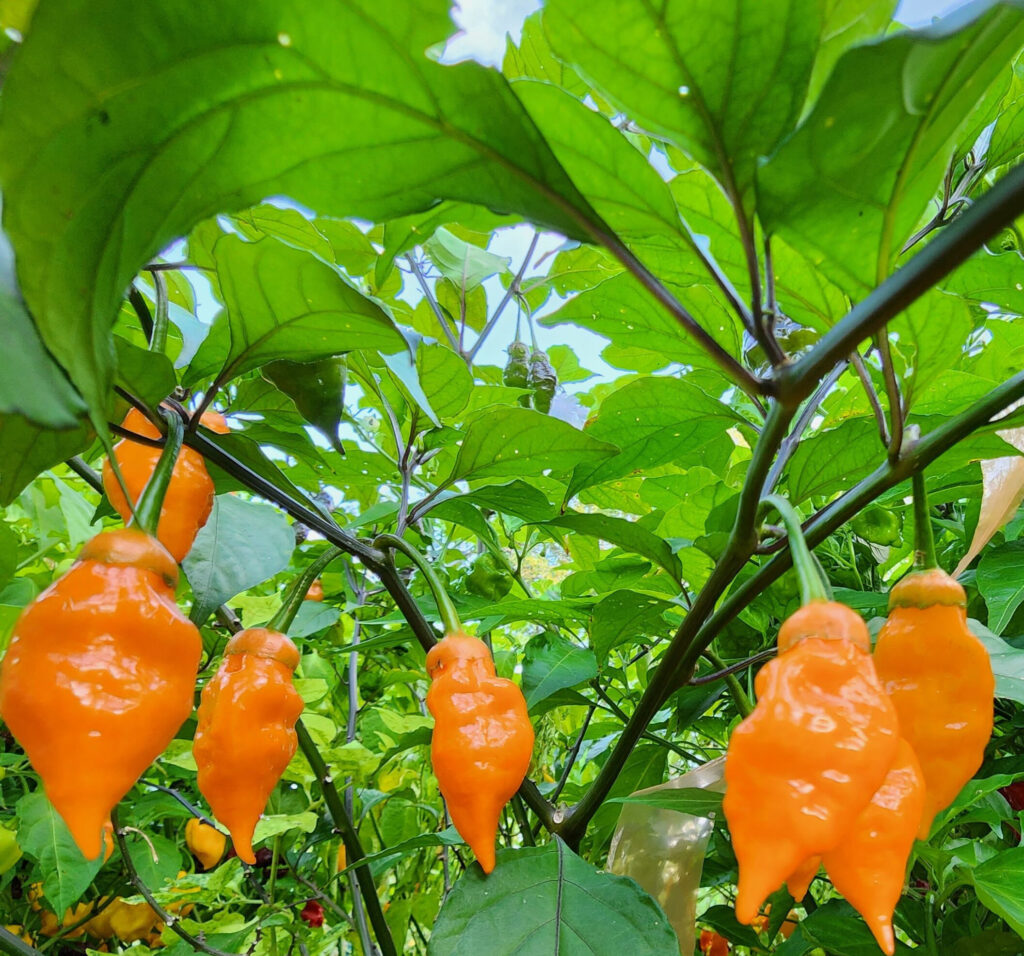
What Types of Peppers Should I Grow?
Simple question with no simple answers. Three huge determiners for the next step: 1.)Amount of space willing to use for peppers. 2.) Budget for seeds. 3.) Why do you want to grow peppers? What uses do you have for them?
The above math has determined spacing – and your budget is only a factor when looking at the total number of varieties. Unless a commercial operation is underway, a single typical seed pack from any retailer will have between 15 to 30 seeds. Some folks may enjoy growing a monoculture. Two dozen jalapeno plants work great for a family that loves pickled jalapenos, chipotle seasoning, fresh peppers as a topping, stuffed jalapenos, mild jalapeno hot sauce…. jalapeno-kabobs, Jalapeno scampi, jalapeno gumbo, jalapeno soup, jalapeno stew, jalapeno burger. That – that’s about it. Peppers present hundreds of options – it is highly unlikely that a grower will want to be limited to a single type.
I should grow a lot of….

Carolina Shrimp Boat. United States, None. [Between 1980 and 2006] Photograph.
https://www.loc.gov/item/2011630783/.
Go all out and grow everything! Does not take a rocket scientist to start to realize that there are some peppers used more than others. Which peppers might you find more functional as opposed to a passing vanity? In my case, I don’t personally eat many jalapenos but I love to pickle them because neighbors and friends and family enjoy jars of jalapenos as gifts. As a result, I grow lots of jalapenos compared to all the other varieties.
Going all out on jerk seasoning? More scotch bonnets. A single plant on the hotter pepper side might easily give 40 to 100, if not more, peppers. Considering one pack of Ohio Peppers seeds typically have between 16-25 seeds, one pack will last several seasons. One year I made a mistake calculating my needs and 75% of total peppers grown were superhots. The challenge came when it was time to make sauces. Not enough mild peppers too make much milder sauces – all sauces were extraordinarily pungent. If you like super hot things then that is not an issue! As much as people talk big game about heat, it is rarely an issue of volume. Find me someone that personally consumes all of the fruit from 1 ghost pepper plant over the course of a year – I’ll be impressed.
Going all out on superhots is a phase many pepper growing gardeners go through. Certainty there is an exciting bravado about saying you grow the hottest of the hot! Ghost peppers, Carolina Reapers, and other superhots are essential for some culinary dishes, seasonings, and in the creation of sauces – even milder ones. Many of these growers recalibrate their growing ratios and start to explore milder chilis.
All about Me, All About I
Assess your personal use. Chinense species peppers, which includes all superhots, habaneros/scotch bonnets/fatalii, and milder peppers like the heatless habanada (heatless habanero) typically are highly productive. If planning to make gallons of hot sauce or pounds of dried peppers – please fill your garden with these peppers! Otherwise, remember that one plant is likely to produce from 40 to 100 fruit. Spicy! I personally go heavier on bacctums (Sugar rush peach/cream, Aji Cristal… well, most Aji peppers) and annuums (jalapenos, hungarian wax, cayenne) as the productivity is generally less than the chinense and the plants are smaller.
TLDR;
Bottom line: #1 rule of gardening – you do you! Hot peppers go a long way. Large popular bell pepper plants may only produce 4 to 9 fruit in a season. A single chocolate habanero? 80 fruit. Try lots of different varieties if you’re adventurous. Even if you only grow one or two plants of each, odds are you will have enough peppers to do. If left wanting more – perfect – add this pepper to the grow more of next year list!
See our curated collections for additional usage ideas:
-
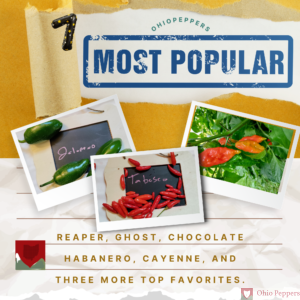 Popular Peppers Bundle
Popular Peppers Bundle -
 Funky Bunch Collection
Funky Bunch Collection -
 Chocolate Peppers Collection
Chocolate Peppers Collection -
 Saucy Bunch Collection
Saucy Bunch Collection -
 Delicious Culinary Peppers – Collection
Delicious Culinary Peppers – Collection -
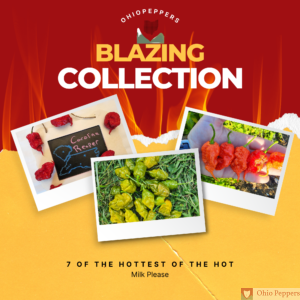 Blazing Bundle
Blazing Bundle -
 Dealer’s Choice – Random Pepper Generator – New
Dealer’s Choice – Random Pepper Generator – New -
 Mild Peppers – Bundle
Mild Peppers – Bundle -
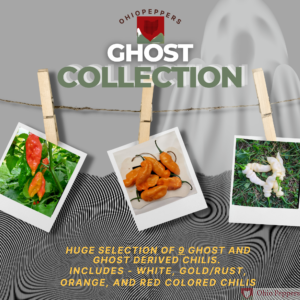 Ghost Pepper Collection
Ghost Pepper Collection -
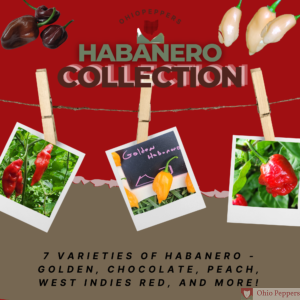 Habanero Collection
Habanero Collection -
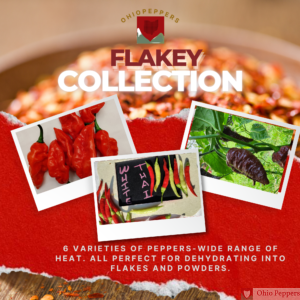 Flake Collection
Flake Collection -
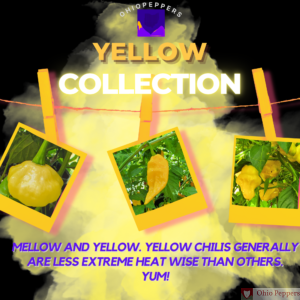 Yellow Collection
Yellow Collection -
 Orange Pepper Collection
Orange Pepper Collection